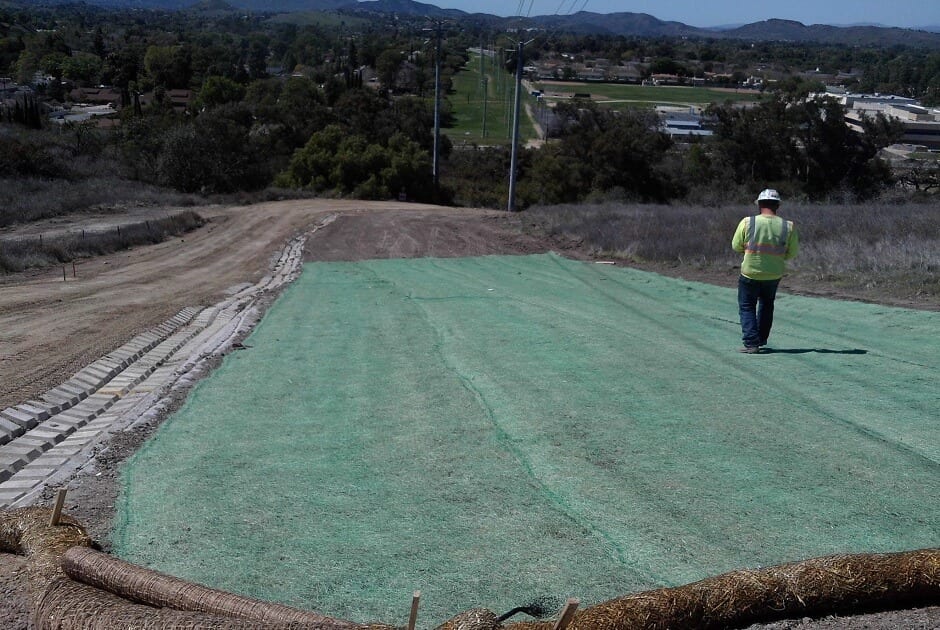Once you have completed a pipeline installation project, Submar recommends investing in permanent restoration measures to reduce the need for future pipeline exposure remediation, which can be costly.
Grading and Backfill
Once construction of a pipeline is complete, permanent restoration measures can begin. One of the ways to do so is re-grading slopes and backfilling trenches. This can include adding soil to any land that eroded during the construction process and refilling areas that were purposely dug to account for runoff.
Trench Breakers
An excellent option to avoid pipeline exposure remediation is trench breakers. These are devices that are designed to slow the rate of water flow along the trench. Companies can use a variety of materials to construct their trench breakers, including polyurethane foam and sandbags. However, companies should not use top soil as a trench breaker material, as this will not slow the rate of water runoff.
Articulated Concrete Revetment Mats
Another option to reduce the need for future pipeline exposure remediation is articulated concrete revetment mats, also known as articulated concrete block mats (ACBMs). These mats are flexible and can be used in almost any job application. Articulated concrete mats are heavy enough to remain in place during runoff, and Submar’s mats contain small openings that allow vegetation to take hold in the soil, allowing for a more natural stabilization of the site.
Over time, the plants will grow through the hole and overgrow the mats. The more the vegetation grows, the less chance there is for pipeline exposure. To many, Submar articulated concrete mats are an invaluable and permanent restoration measure.


